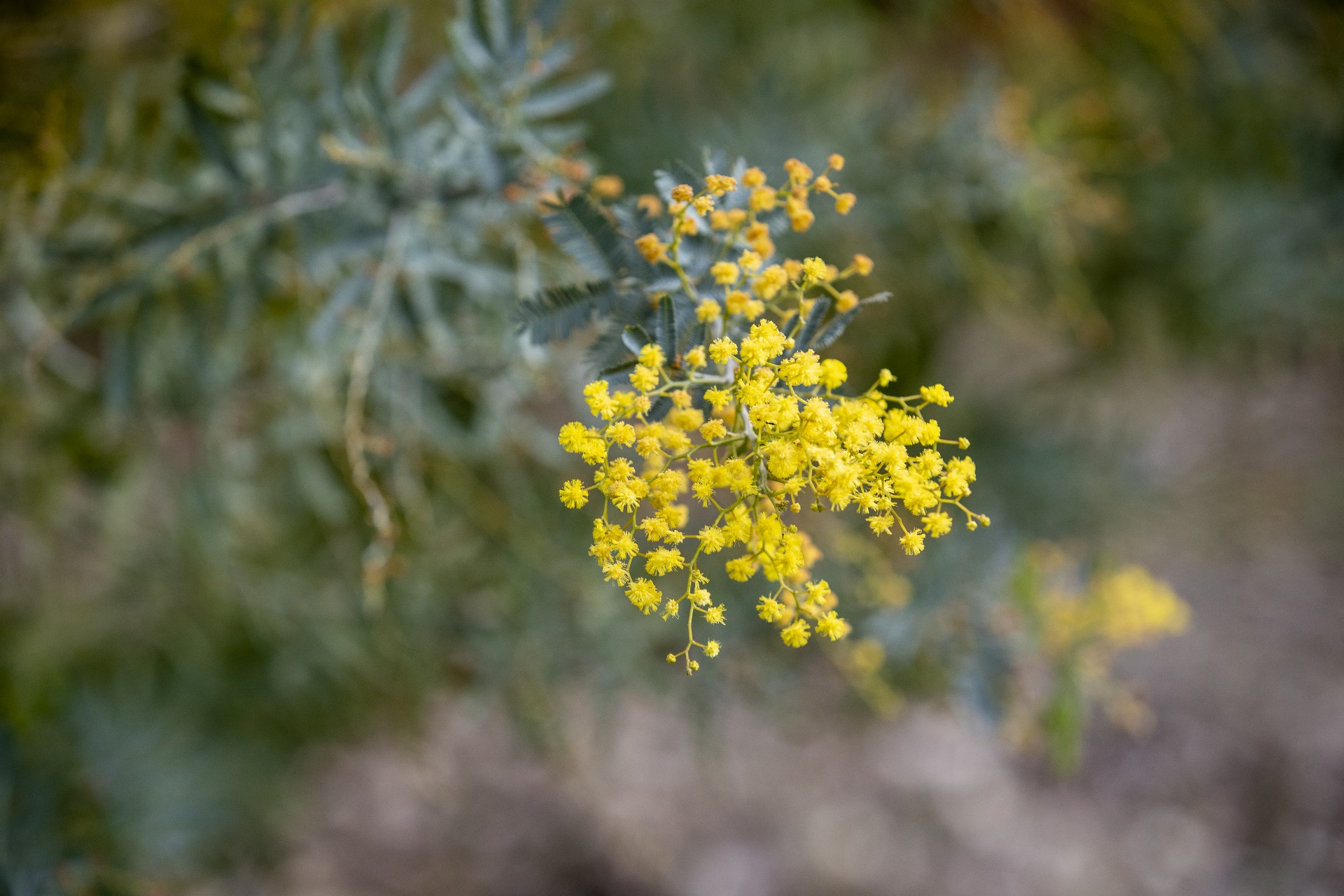
Public notice: Ecological studies
The City of Kalamunda will be conducting ecological studies at Fleming Reserve, Anderson Reserve, Norwood Reserve, East Terrace and Brine Moran Reserve between 16 September and 31 October 2024.
The studies aim to identify any threatened ecological communities, flora, and fauna, and assess how best to manage these natural areas. These reserves have been designated as priority sites for environmental assessment under the City’s Local Biodiversity Strategy 2023–2043.
What to Expect:
- Ecologists will be working within the reserves from Monday to Friday, 9am to 5pm, during the specified period.
- Staff will be identifiable by their high-visibility vests and personal protective equipment.
- As part of the study, ecologists may collect small plant samples (under a licence from the Department of Biodiversity, Conservation and Attractions) and take photographs for documentation.
This project is supported by the City of Kalamunda, the Western Australian Government’s State NRM Program, and the Western Australian Local Government Association.

Public notice: Ecological studies
The City of Kalamunda will be conducting ecological studies at Fleming Reserve, Anderson Reserve, Norwood Reserve, East Terrace and Brine Moran Reserve between 16 September and 31 October 2024.
The studies aim to identify any threatened ecological communities, flora, and fauna, and assess how best to manage these natural areas. These reserves have been designated as priority sites for environmental assessment under the City’s Local Biodiversity Strategy 2023–2043.
What to Expect:
- Ecologists will be working within the reserves from Monday to Friday, 9am to 5pm, during the specified period.
- Staff will be identifiable by their high-visibility vests and personal protective equipment.
- As part of the study, ecologists may collect small plant samples (under a licence from the Department of Biodiversity, Conservation and Attractions) and take photographs for documentation.
This project is supported by the City of Kalamunda, the Western Australian Government’s State NRM Program, and the Western Australian Local Government Association.
Keep in touch
Subscribe to our regular newsletter and receive City related and events direct to your inbox.
We respectfully acknowledge the Traditional Owners, the Whadjuk Noongar People as the Custodians of this land. We also pay respect to all Aboriginal community Elders, past, present and future who have and continue to reside in the area and have been an integral part of the history of this region.
